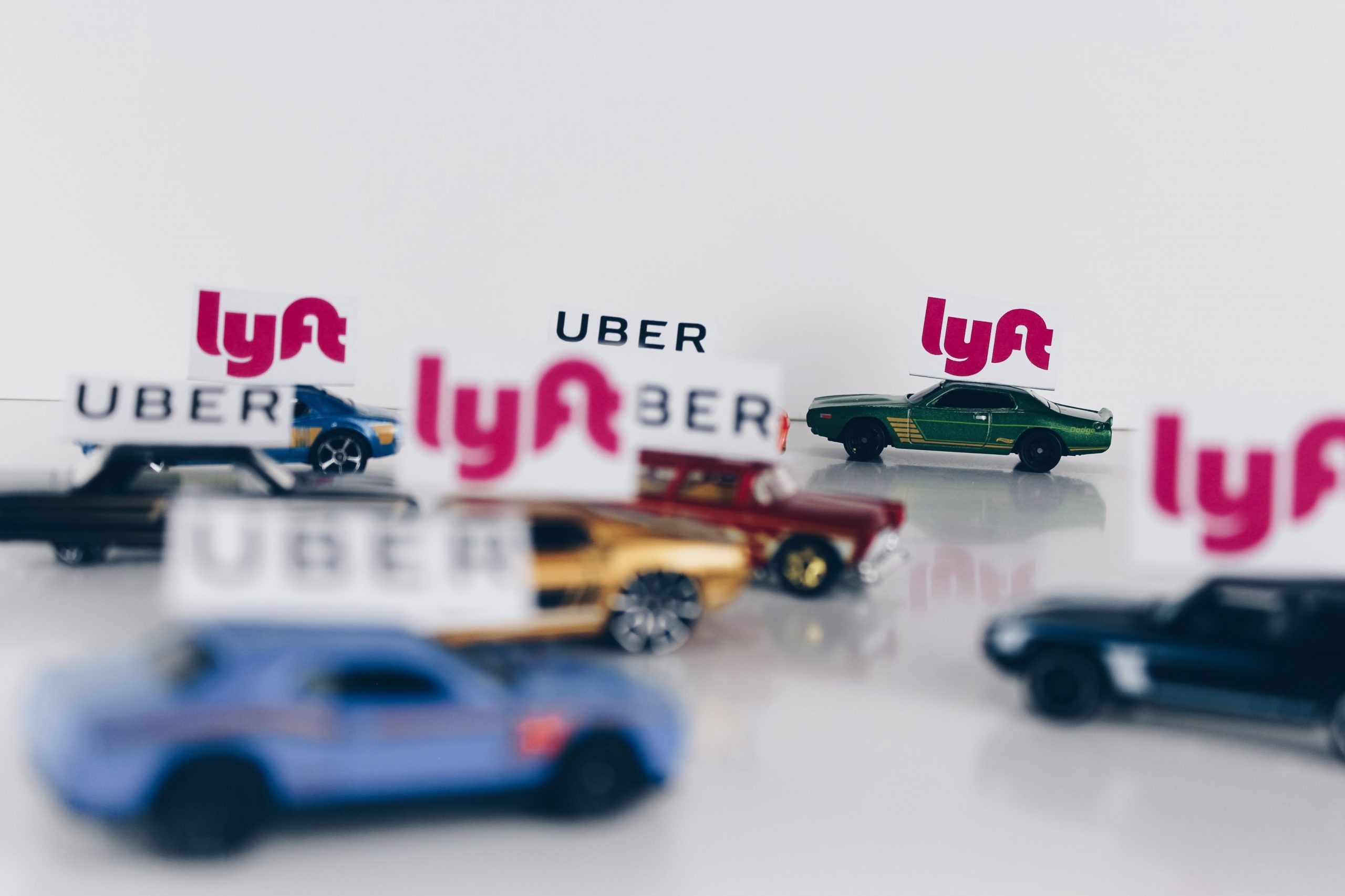
In college, there is a strong emphasis placed on students being multifaceted.
In addition to being diligent in our studies, we are urged to partake in various extracurricular activities and secure a job. If a student is able to successfully juggle all three responsibilities, they have successfully marketed themselves to future employers. As promising as having a busy schedule is, when Georgia State and other institutions created this model of the “perfect” student, they neglected to factor in the importance of transportation.
If you don’t have your own car, transportation can be a taxing daily responsibility. If a student lives on campus, it is easy for them to get around campus through the campus shuttles. The campus shuttles run efficient routes to and from each area of campus, including the parking garages, but they’re ineffective in off-campus transportation.
If a student were to secure an internship or job off campus or outside of walking distance from campus, access to transportation could affect the student’s attendance and performance in their position. Transportation can be even more taxing for off-campus students because they are faced with the responsibility of both getting to campus and their other obligations.
On the surface, ridesharing services would seem to solve the problem of transportation, until we look at their prices. Assuming that one isn’t traveling more than fifteen minutes from their pickup spot, one will spend anywhere between $9-$12 on a single ride. That’s anywhere between $18 and $24 a day, in addition to any other daily expenses. With holiday hours — let’s say the person works five days a week — their budget now has to accommodate an additional $360 to $480 monthly expense.
In October, Lyft, a popular ridesharing service, attempted a from of solution to their prices, announcing that they would offer free rides to interviews and for the first three weeks of work. This sounds great in theory, but this initiative is specific to the company and wouldn’t do much for other employees and professionals, who weren’t starting a job. The high price of their services would also remain, once the three week grace period ends.
Of course, public transportation is always a substitute. After all, it is a cheaper alternative, but public transportation has its own set of issues. Not everyone is familiar with MARTA routes and other public transportation systems. As someone who isn’t accustomed to public transportation, I know for a fact that the map of routes can be quite confusing and frustrating to follow.
Both ridesharing and public transportation are not always safe, especially at night. Assault, robberies and trafficking rings pose a great threat to users, especially the young, female users.
For convenience and safety, Georgia State and off-campus student facilities should expand their shuttle routes. The facilities could give a simple survey to its residents to gather a basic profile of the students’ jobs and common destinations, such as stores and offices. From the information collected in the survey, they can revise their routes to accommodate the students’ collective routines and destinations.
Of course, there will be places that the shuttles won’t go to, but a revised shuttle plan could cut down on the need to go to outside sources of transportation and give students a little more peace of mind when navigating the city.
